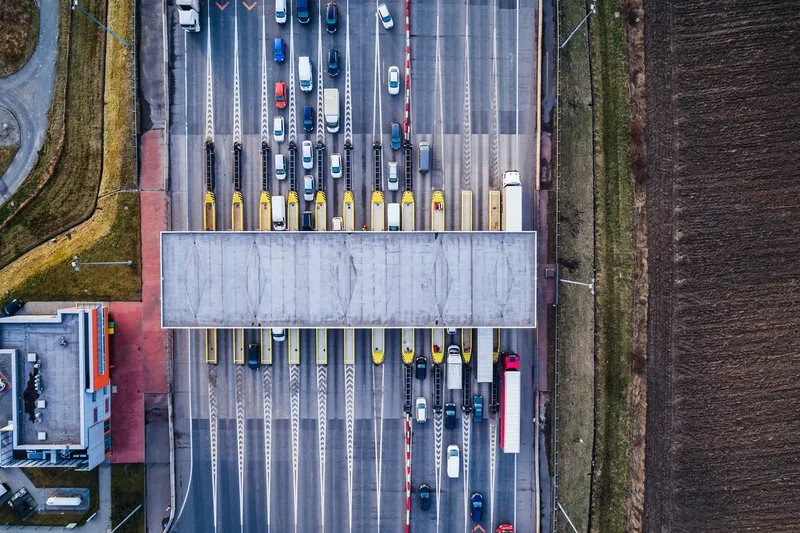TomTom has expanded the functionalities of its connected car technology and extended the integration possibilities for its fleet management solution to help companies manage their mobile operations more efficiently. TomTom Business Solutions is allowing third-party developers to create new applications for use in and around the vehicle. This has been enabled by granting access to the Bluetooth channel on its in-vehicle Link device. TomTom’s open API on both its hardware and software enables technology partn
March 27, 2013
Read time: 2 mins
TomTom Business Solutions is allowing third-party developers to create new applications for use in and around the vehicle. This has been enabled by granting access to the Bluetooth channel on its in-vehicle Link device.
TomTom’s open API on both its hardware and software enables technology partners to develop seamless integrated applications. Link.connect permits data exchange with the in-vehicle tracking device, while Webfleet.connect allows data to be transferred to office applications.
Information from mobile devices can be enriched by comprehensive data generated from TomTom fleet management technology. This allows companies to link details, including time, location, vehicle and driver ID, to specific actions such as signature capture.
New applications will allow businesses to enrich data from hardware, such as tyre pressure sensors and temperature control units, with comprehensive information from their vehicle fleet.
“Our fleet management solutions already integrate seamlessly with hundreds of office systems but now we intend to expand our integration possibilities in the field,” said Thomas Schmidt, TomTom Business Solutions’ managing director.
“Companies can integrate devices for electronic signature capture and barcode scanning to provide immediate proof of delivery to head office, for example, or mobile printers for the production of customer invoices and receipts. TomTom is focused on creating proven in-vehicle and mobile solutions designed to reflect the ever-evolving requirements of the market.”










